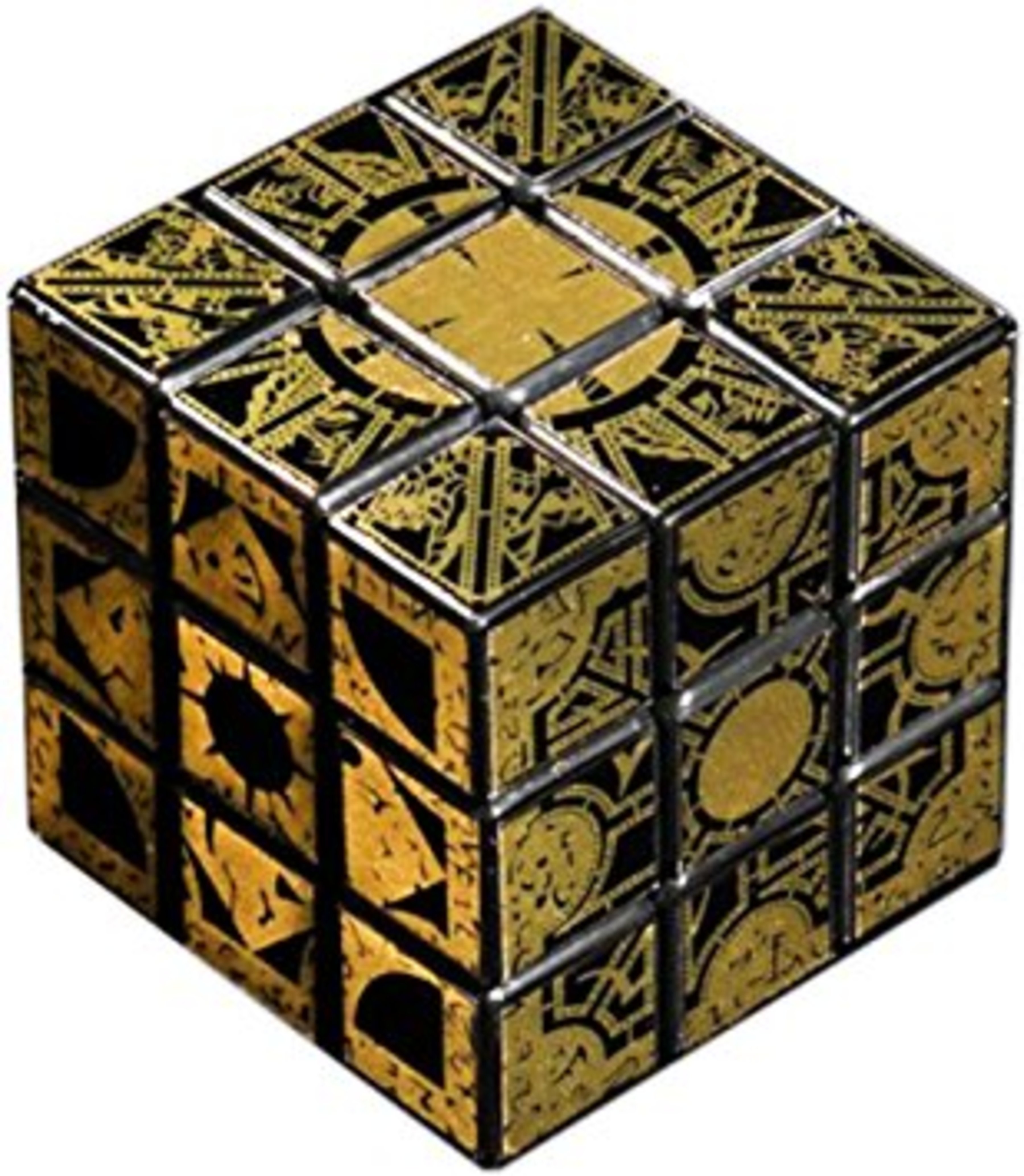Hanging Cube

A unit cube is hanging by one of its vertices directly below a point light source. Its shadow on a flat, horizontal plane below is a polygon with at least one right angle. What is the distance between the cube and the light?
Inspiration: Let's rotate a cube mentally by Quantas Perth.
Image credit: Wikipedia
The answer is 1.000.
This section requires Javascript.
You are seeing this because something didn't load right. We suggest you, (a) try
refreshing the page, (b) enabling javascript if it is disabled on your browser and,
finally, (c)
loading the
non-javascript version of this page
. We're sorry about the hassle.
Triangles A B C , B E C , and A E B are all similar, from which we can get A E = F C = 3 1 , E B = D F = 3 2 .
We will use this to get an expression for z y in terms of x . The shape of the shadow will give us another way of expressing z y . Comparing those two will result in an equation for x .
Triangles L C G and L E B as similar, so x + 3 y = 3 2 × x + 3 1 1
From similarity of L C H and L F D we get x + 3 z = 3 2 × x + 3 − 3 1 1
So the ratio is z y = x + 3 1 x + 3 − 3 1
In the top view, the angles in the triangle C G H ’ are ∠ H ’ C G = 6 3 6 0 ∘ = 6 0 ∘ , ∠ C G H ’ = 2 9 0 ∘ = 4 5 ∘ ,and ∠ G H ’ C = 1 8 0 ∘ − 6 0 ∘ − 4 5 ∘ = 7 5 ∘ .
From the law of sines, z y = s i n ( 4 5 ∘ ) s i n ( 7 5 ∘ ) = 2 1 + 3
So our equation for x is x + 3 1 x + 3 − 3 1 = 2 1 + 3
The solution is x = 1 . So the distance of the light source from the top vertex of the cube is the same size as one of its edges.